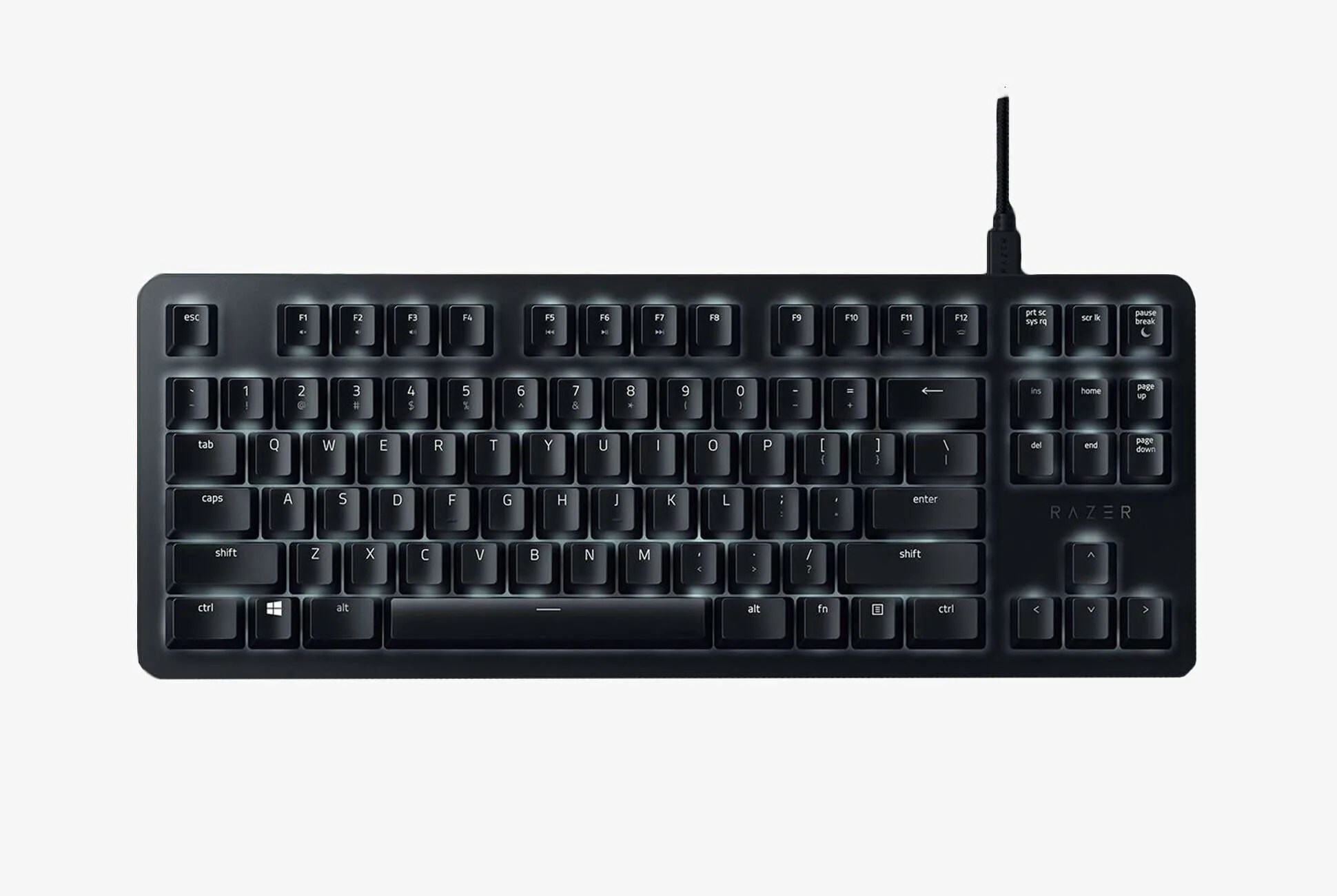Razer’s BlackWidow keyboards have, in one permutation or another, been the most prominent mechanical keyboards for some time now. The board is huge, heavy and famously loud to type on.
This fall, Razer released a more mature version of the board called the The BlackWidow Lite, and it’s a fairly big turn from Razer’s RGB-lit past.
The Lite loses the colorful backlighting for a softer white and cuts down on the weight and width of the original BlackWidow. More notably, it’s angled toward folks who want to go to work with a mechanical board, so it is intentionally silent.
This change comes courtesy of Razer’s orange switches (its quietest yet) and the addition of O-rings below the switch to further dampen the clicking sounds. The brand promises these changes don’t have an adverse affect on tactility, but we haven’t yet tested one out to verify.
This is a pretty interesting step for Razer, as the original BlackWidow boards (and most of its PC peripherals) are weighty and intentionally gaudy, which can be attributed to a gamer-centric marketing focus. And though the keyboard’s famous uber-bright blue backlighting is known, the loudness of the keys is what it became most known for (Cherry MX Blues were to thank for that). A key on a typical keyboard nowadays is comprised of a cap (the part you touch) over a rubber dome that covers the switch and a bunch of gel membranes that don’t do a whole lot but make the boards cheaper to make. Mechanical keyboards lose the gel membranes and the rubber domes in favor of switches that last longer and require less push (called actuation force) to register a stroke.
The drop in actuation force in mechanical keyboards, combined with a switch that bumps the key back up more quickly than normal keyboards, are why people who use them dive so far into the very deep mechanical board rabbit hole.

